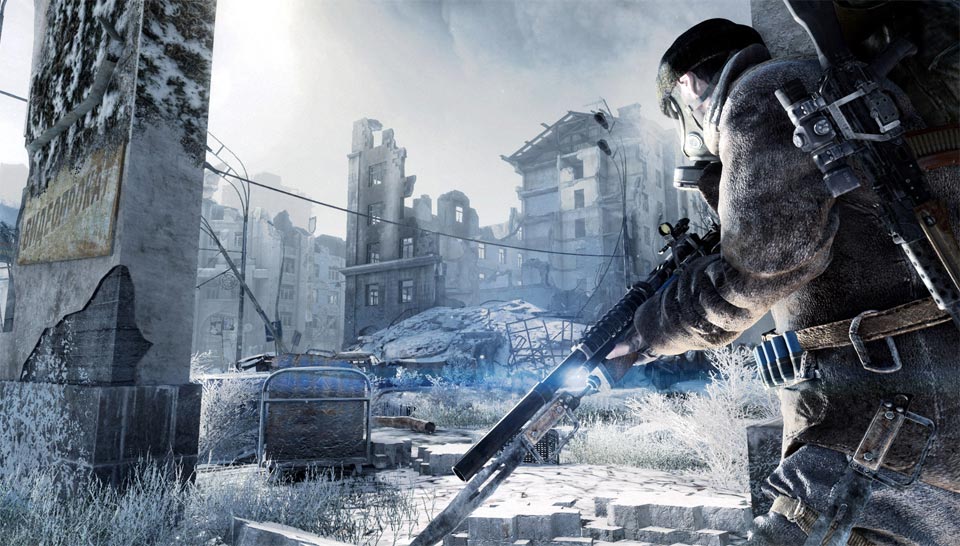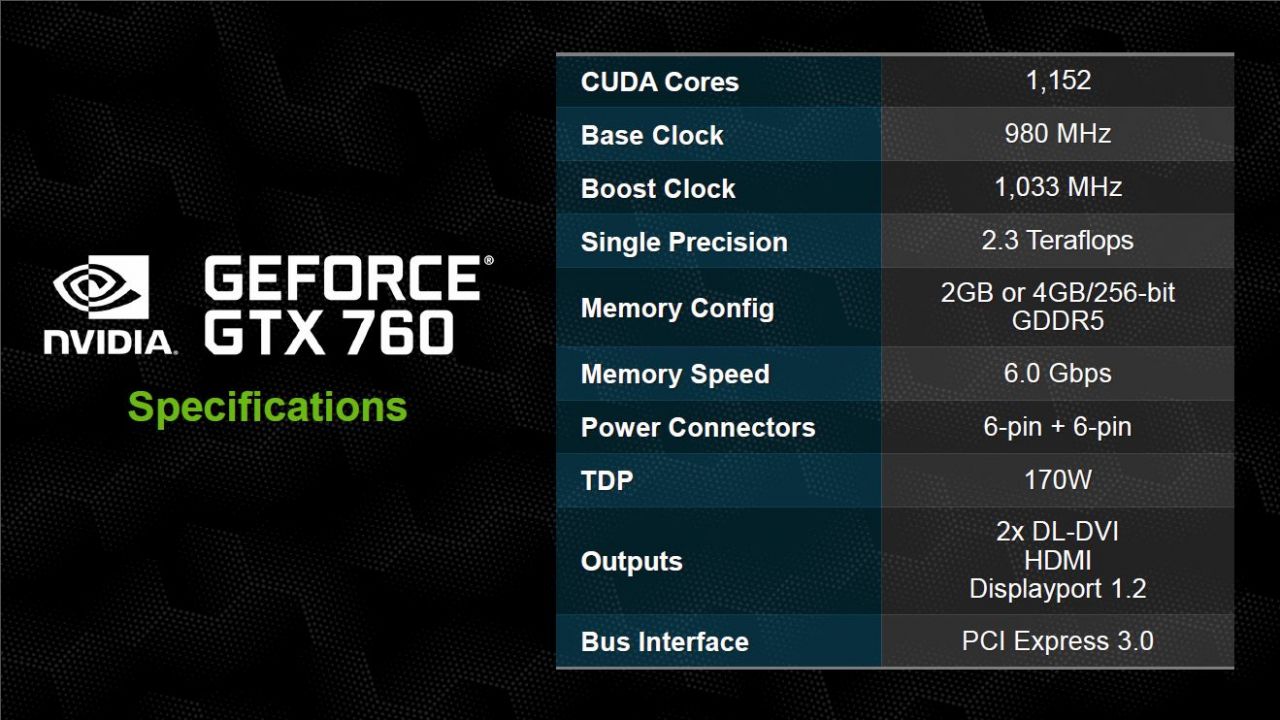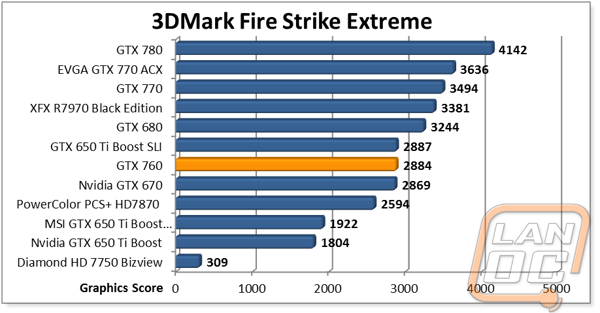

But these performance numbers come at a price as the MARS 760 was the hottest card and one which consumed the most power. Of course, it was a bit slower than them in some benchmarks, but the difference isn't much. In Tomb Raider it was close to 30 percent faster than the R9 290 and around 13 percent faster than the GTX TITAN. Overall, it was 7 percent faster than the R9 290 and GTX TITAN in Battlefield 3, 9 percent faster than R9 290 and 5 percent faster than GTX TITAN in Crysis 2 and so on. In our real world gaming benchmarks and synthetic benchmarks, it was faster than both the ZOTAC GTX TITAN and the XFX R9 290 in most of the games at completely maxed out settings.

We used the "Performance" preset for this benchmark.ĪSUS MARS 760 is a blazing fast card and apart from the GTX 780 Ti, it manages to beat just about everything else. The latest version makes extensive use of all the new features in DirectX 11, including tessellation, compute shaders and multi-threading. OS Drive: Plextor SSD, 256GB (boot drive)Īdditional Drive: Western Digital Velociraptor, 150GB (secondary)ģDMark is a computer benchmarking tool created and developed by Futuremark Corporation to determine the performance of a computer's 3D graphic rendering and CPU workload processing capabilities.

Again this is game engine / benchmark related.We liked the fact that the ASUS MARS 760 has a protective backplate on the cardĬonsidering the MARS 760 is based on the Kepler architecture, it supports features such as GPU Boost 2.0, Adaptive V-sync, FXAA, TXAA and so on. This correlated perfectly with with the graph as five stutters are peaking well above 40ms. During the recording I focuessed soley with my eyes on the monitor and noticed four to five visible stutters. Huge spikes above 40-50ms can be considered a problem like a stutter or indicate a low framerate. This happens with ALL cards tested at any resolution, so it is Metro game-engine related. and thus indicate stutters, we can confirm these as visible on screen. On this 30 second run the graphics cards all show massive spikes.

Here we plot FPS and place it in relation to percentiles. Matro Last Light Frame Experience AnalysisĪbove, the percentile chart of the 30 seconds gaming 2560x1440.


 0 kommentar(er)
0 kommentar(er)
